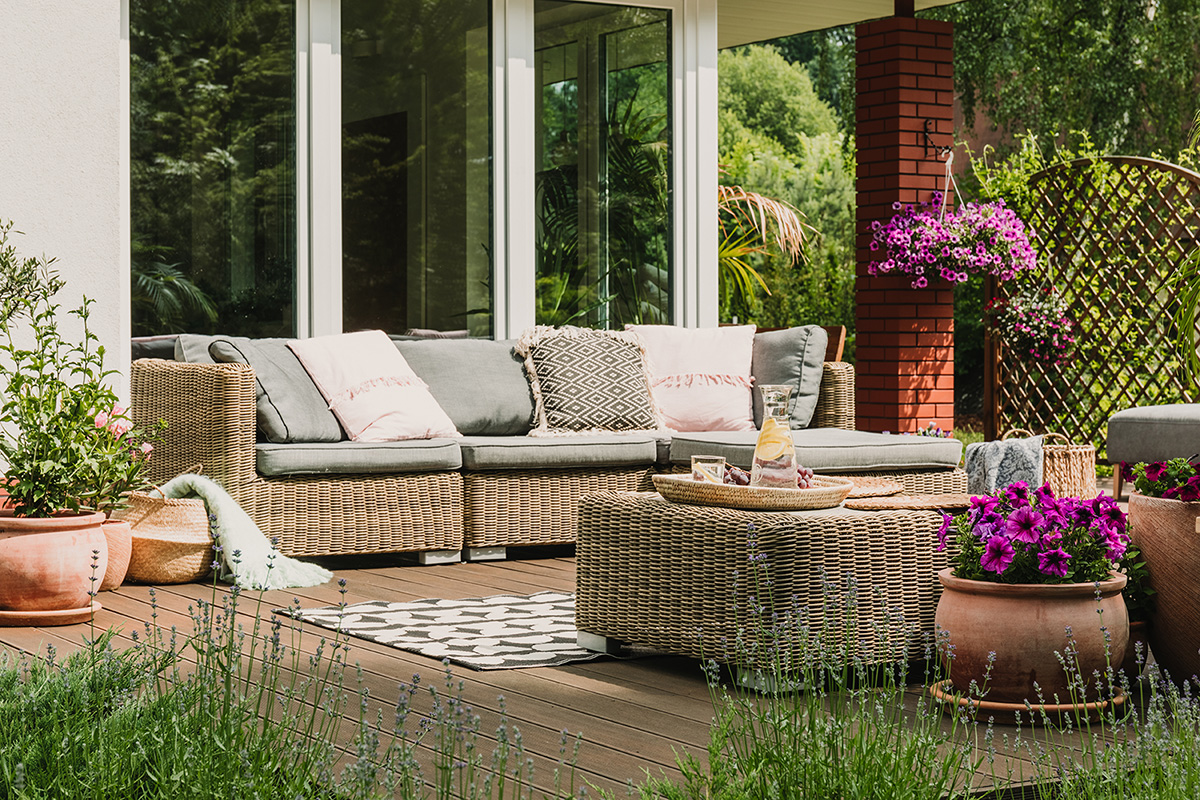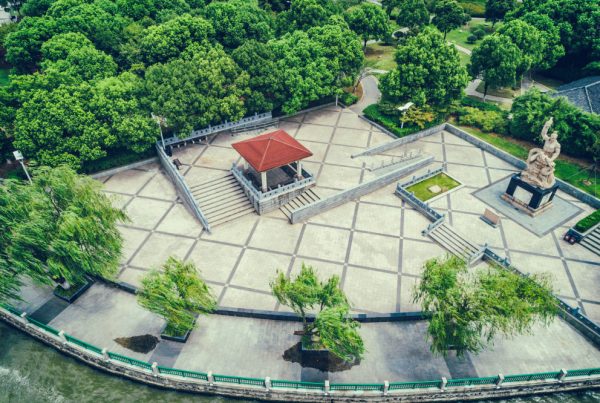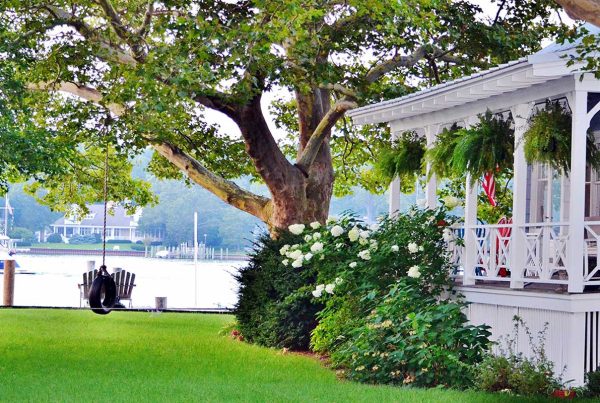Lebanese Landscape Design has undergone a remarkable evolution, transitioning from traditional approaches rooted in cultural heritage to embracing innovative concepts that push the boundaries of creativity. This article explores the journey of Lebanese landscape design, tracing its roots in traditional practices and highlighting the contemporary trends that have shaped its present-day expression. From the integration of local craftsmanship to the incorporation of cutting-edge technologies, Ghena Zreik landscape design continues to evolve, creating outdoor spaces that captivate the imagination and redefine the possibilities of the field.
Preserving Cultural Heritage:
Ghena Zreik landscape design heritage is deeply rooted in its rich cultural traditions. Traditional Lebanese gardens, known as “bustans,” were designed as oasis-like retreats featuring geometric patterns, water features, and abundant plantings. Ghena Zreik landscape designers pay homage to these historical influences by incorporating elements such as traditional architectural motifs, decorative tile work, and traditional materials like stone and wood into their designs. This integration of cultural heritage creates a sense of continuity and identity, bridging the past and present in outdoor spaces that are deeply rooted in Lebanese traditions.
Embracing Innovation:
While honoring tradition, Ghena Zreik landscape design also embraces innovation and seeks to push the boundaries of creativity. Contemporary designers explore new materials, forms, and technologies to bring a fresh perspective to their designs. From the use of sustainable materials and green infrastructure techniques to the integration of cutting-edge lighting systems and interactive elements, innovation is driving the transformation of Lebanese landscapes. These advancements not only enhance the aesthetics but also create dynamic and engaging outdoor environments that cater to the evolving needs and desires of users.
Sustainable Practices:
Ghena Zreik landscape design is increasingly focused on sustainability and environmental stewardship. Designers prioritize the use of native and drought-resistant plant species, reducing water consumption and promoting biodiversity. Rainwater harvesting, efficient irrigation systems, and the integration of renewable energy sources are common sustainable practices employed in Lebanese landscapes. Designers also embrace concepts like permaculture and regenerative design, which aim to restore and enhance the ecological health of the land. By integrating sustainable practices, Ghena Zreik landscape design contributes to the preservation of Lebanon’s natural resources and promotes a greener future.
Contextual Design:
Ghena Zreik landscape design takes inspiration from the unique context in which it operates. The diverse geography, climate, and cultural traditions of Lebanon inform the design process, resulting in spaces that respond to the specific needs and characteristics of their surroundings. Whether it’s creating terraced gardens on hilly landscapes, designing coastal parks that integrate with the sea, or utilizing microclimates for optimal plant selection, Ghena Zreik designers showcase their ability to create environments that are sensitive to the context, ensuring a harmonious relationship between human intervention and nature.
Public Engagement and Social Impact:
Ghena Zreik landscape design recognizes the importance of public engagement and social impact. Designers actively involve local communities, stakeholders, and end-users in the design process, ensuring that the spaces they create reflect the needs and aspirations of the people who will use them. Public parks, urban plazas, and community gardens become catalysts for social interaction, fostering a sense of belonging and community cohesion. By creating inclusive and accessible outdoor spaces, Ghena Zreik landscape design contributes to the overall well-being and quality of life of its inhabitants.
Ghena Zreik landscape design has evolved from its traditional roots to embrace innovation, sustainability, and context-driven approaches. It celebrates the country’s cultural heritage while exploring new frontiers of creativity. Through the integration of tradition and innovation, sustainable practices, and public engagement, Ghena Zreik landscapes continue to evolve, creating outdoor environments that inspire, connect people with nature, and enhance the overall quality of life. The future of Ghena Zreik landscape design holds exciting possibilities as designers navigate the challenges of a rapidly changing world and seek to create outdoor spaces that are both timeless and visionary






